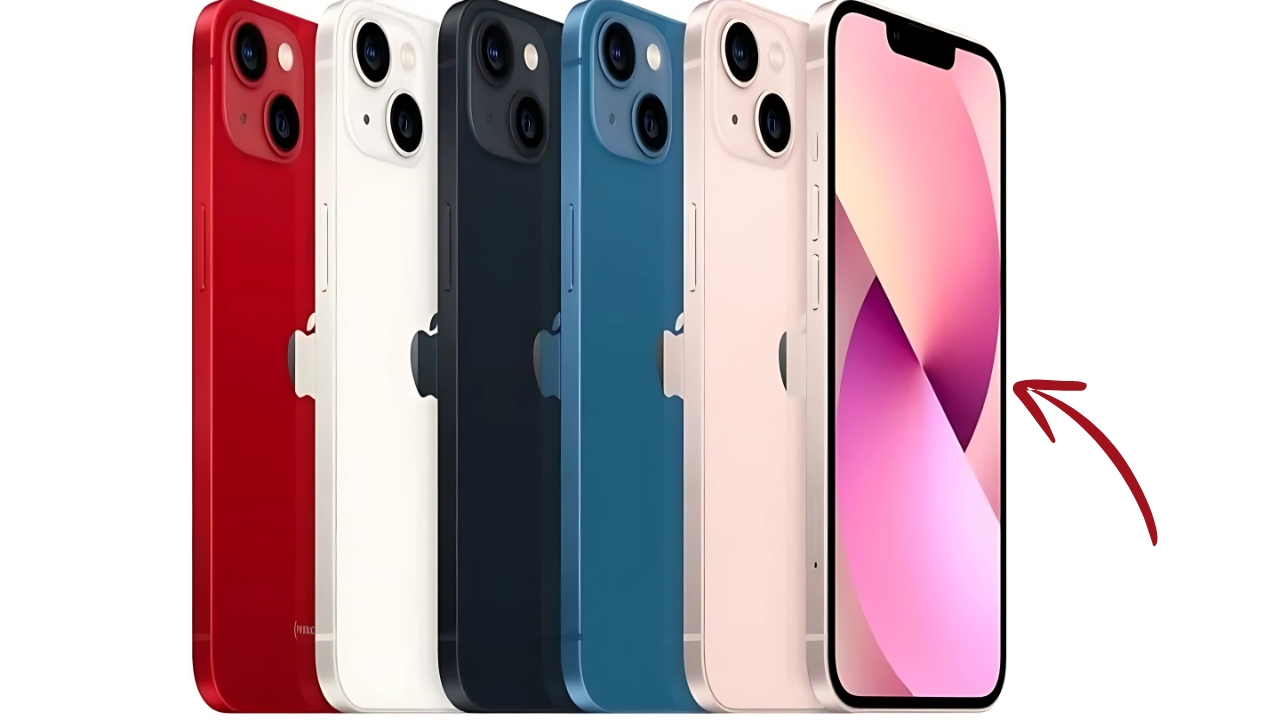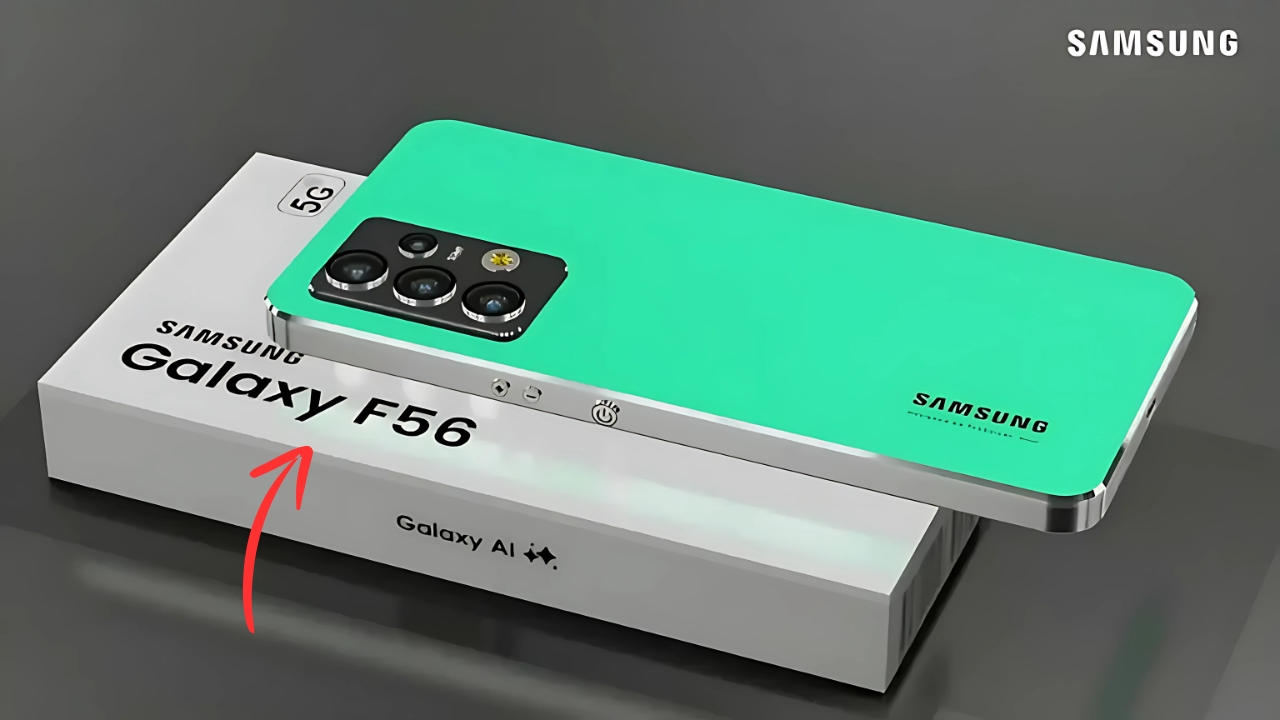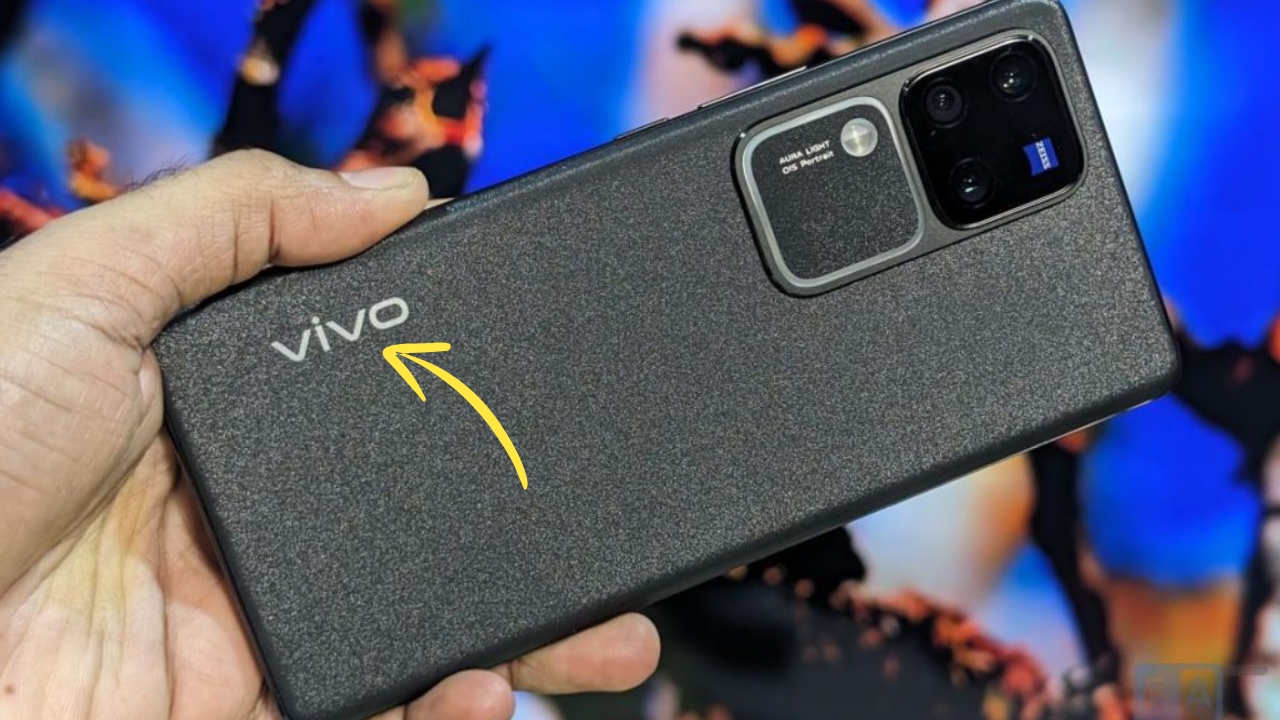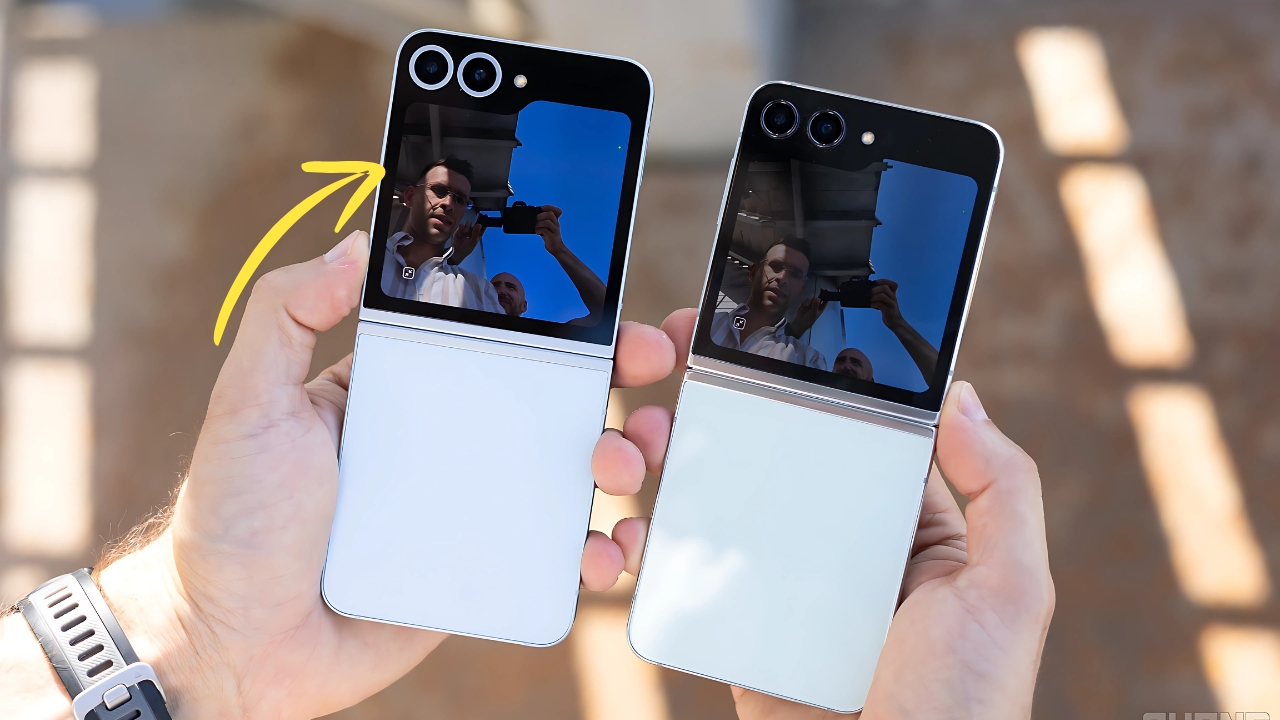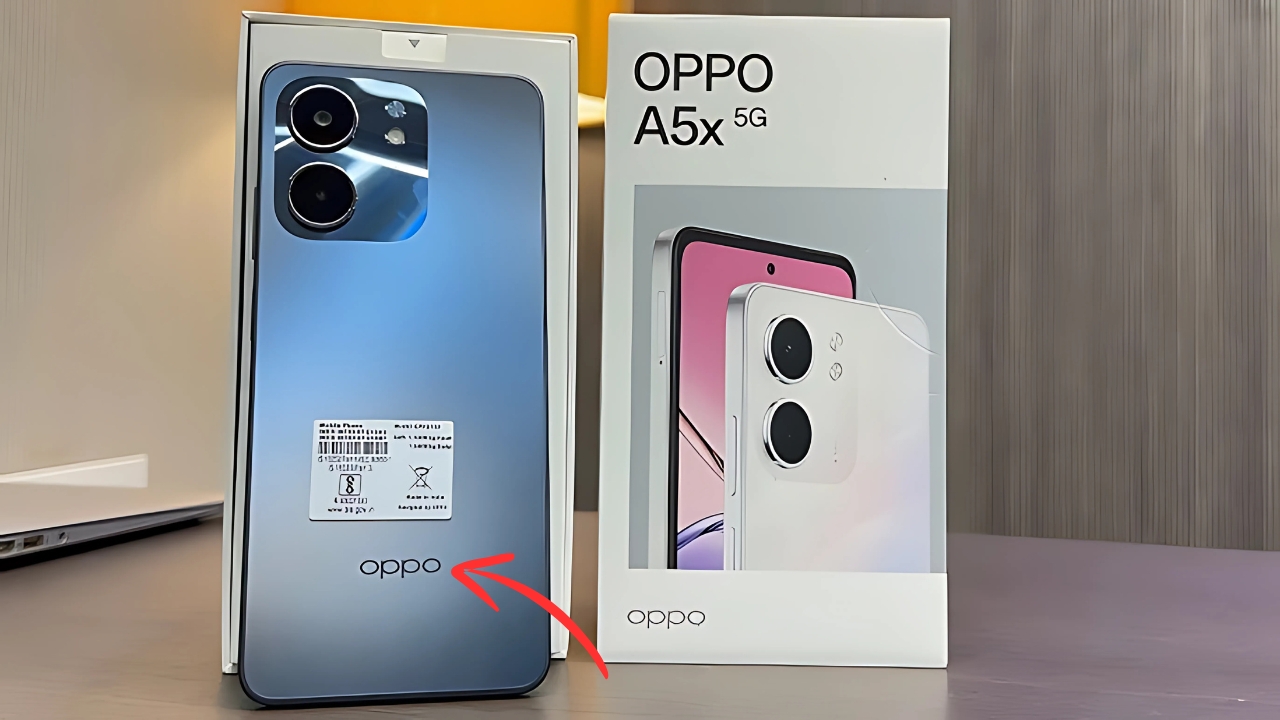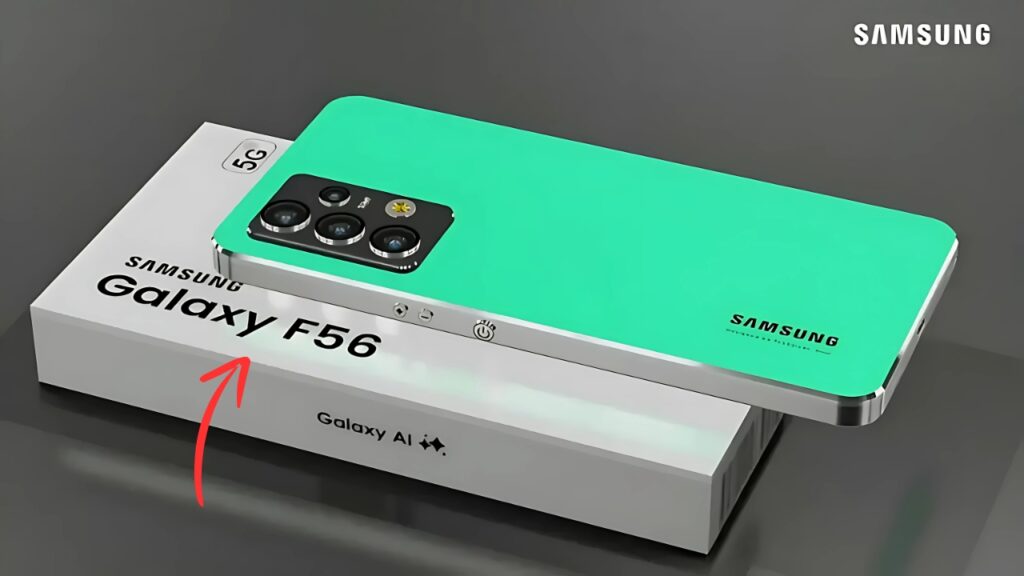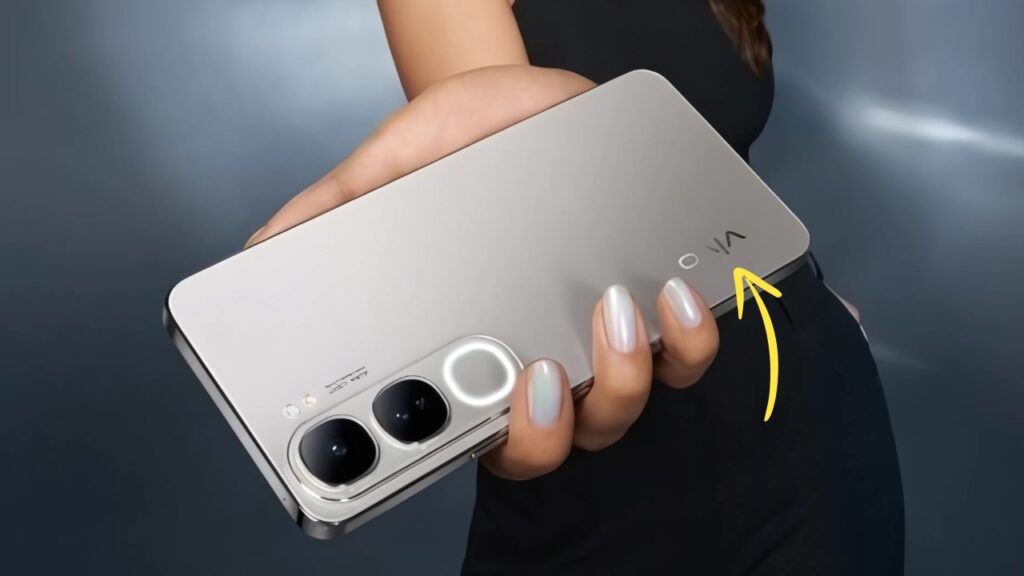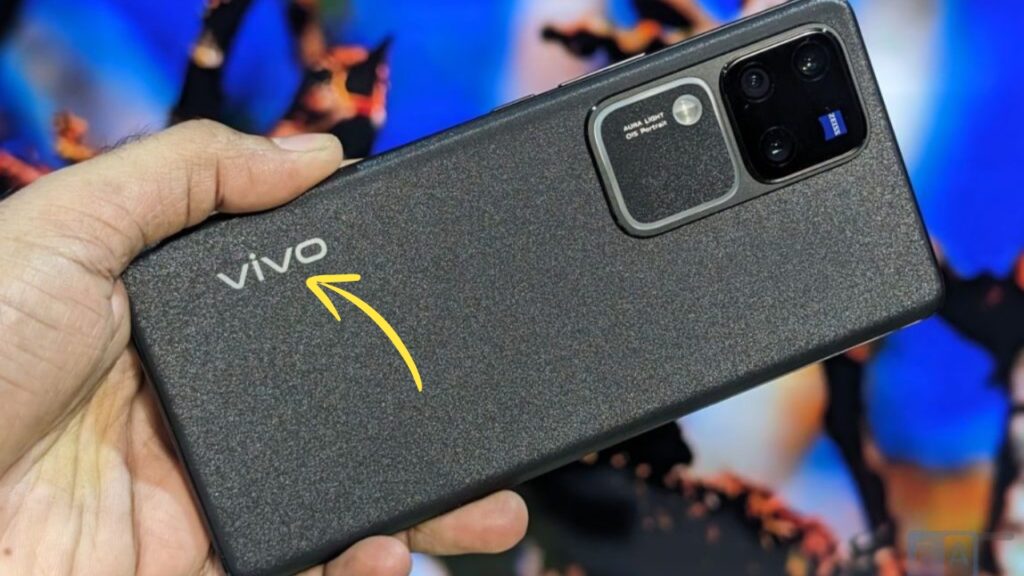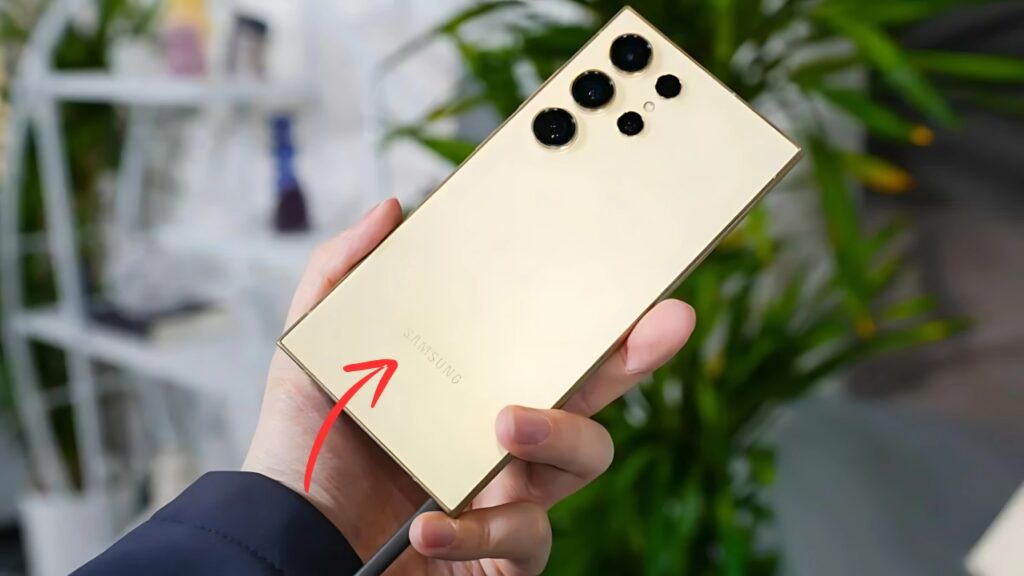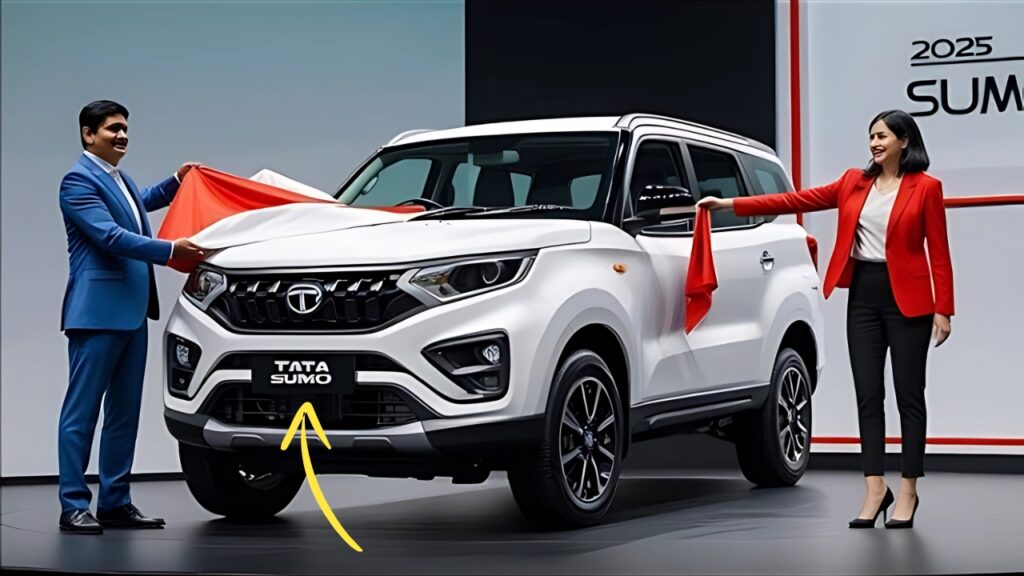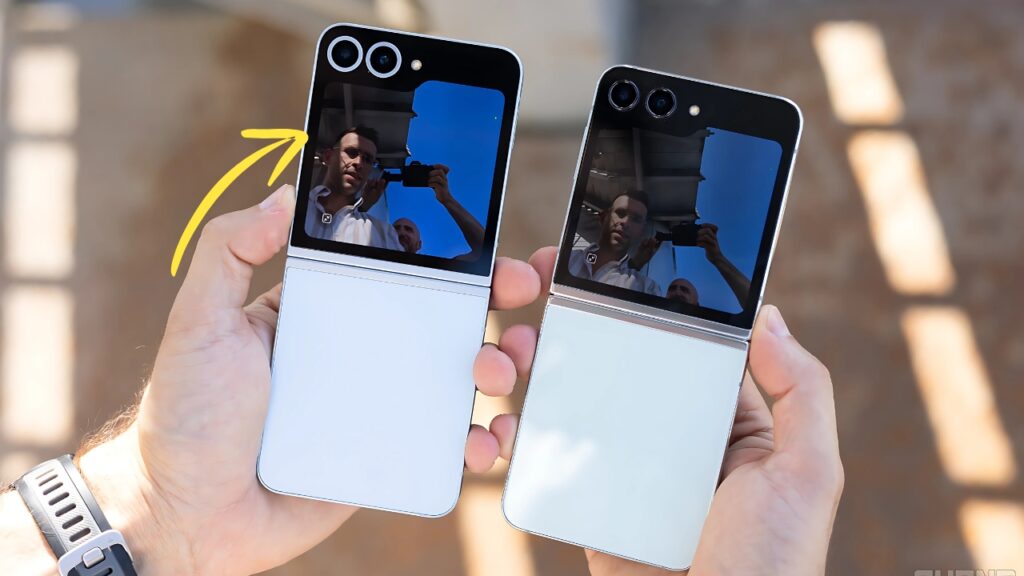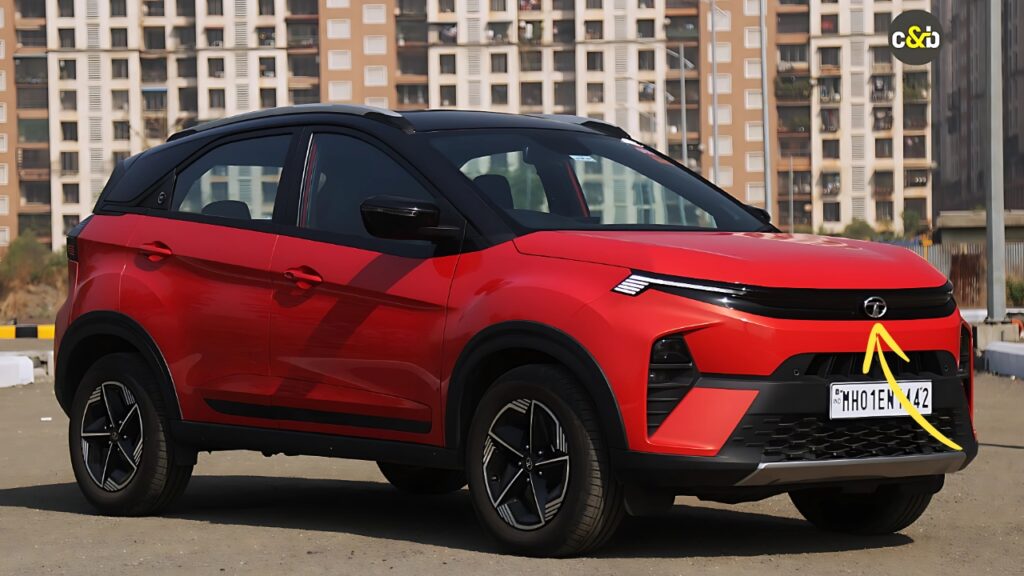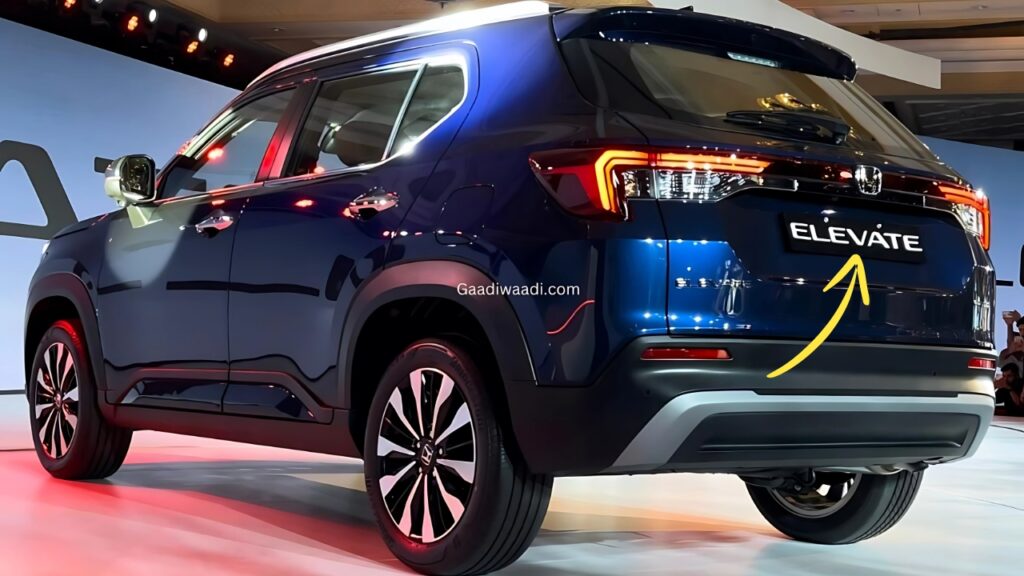iPhone 13: In a world obsessed with the latest and greatest tech, it’s rare to find a smartphone that maintains its relevance years after its release.
Yet here we are, well into 2025, and the iPhone 13 continues to offer compelling value for those who don’t necessarily need cutting-edge features.
Having used this device since its launch and recently revisiting it alongside newer models, I’ve developed a fresh perspective on how this particular iPhone fits into today’s smartphone landscape.
iPhone 13: Design: Familiar Yet Refined
The iPhone 13 doesn’t reinvent Apple’s design language but instead refines what worked with the iPhone 12.
The flat aluminum sides and glass back remain, creating a premium feel that’s instantly recognizable as an Apple product.
At 7.7mm thick and weighing 174g, it strikes a comfortable balance between substantiality and portability.
Perhaps the most noticeable design change from its predecessor is the smaller notch housing the Face ID sensors and front camera.
While not the dramatic redesign some hoped for, the roughly 20% reduction provides a touch more screen real estate and less visual distraction.
The camera arrangement on the back also received a slight rethinking, with the dual lenses now positioned diagonally rather than vertically—a subtle but distinctive change that helps identify it as the 13 rather than the 12.
Available in five colors at launch (Pink, Blue, Midnight, Starlight, and Product RED), the palette offered something for most tastes.
The blue variant I’ve been using has aged particularly well, maintaining its rich hue without significant fading, though the aluminum frame has picked up minor scuffs from daily use without a case.
The IP68 water and dust resistance has proven its worth multiple times during my ownership, surviving accidental dunks and unexpected rain showers without incident.
This durability, combined with Apple’s Ceramic Shield front glass, has helped the device withstand the rigors of daily use admirably.
Display: Brightness Boost Makes a Difference
While the 6.1-inch Super Retina XDR OLED display maintains the same 2532 x 1170 resolution and 60Hz refresh rate as the iPhone 12, Apple boosted the peak brightness to 800 nits for typical content and up to 1200 nits for HDR content.
This improvement might seem incremental on paper, but in practice, it makes a significant difference when using the phone outdoors on bright days.
Colors pop with typical OLED vibrancy, and the deep blacks create excellent contrast for everything from photos to movies.
The lack of a higher refresh rate (something reserved for the Pro models that year) is perhaps the most noticeable omission when compared to similarly priced Android competitors or newer iPhone models, but in isolation, the display remains excellent for most uses.
Text appears crisp, videos look stunning, and the color accuracy is among the best you’ll find on any smartphone, making it particularly reliable for photographers who need to review their shots on the go.
Performance: A15 Bionic Still Impresses
Under the hood, the A15 Bionic chipset continues to impress even by today’s standards. With a 6-core CPU, 4-core GPU, and 16-core Neural Engine, it handles everything from basic tasks to demanding games with aplomb.
Paired with 4GB of RAM, the iPhone 13 remains remarkably fluid for a device approaching four years old.
Day-to-day performance feels virtually indistinguishable from newer models when performing common tasks like web browsing, social media scrolling, or photo editing.
Even graphically intensive games run smoothly, though the device does warm up noticeably during extended gaming sessions.
What’s particularly impressive is how well the A15 has aged regarding software support. Currently running the latest iOS version with no signs of slowdown, the iPhone 13 still receives all the major new features and security updates.
Apple’s commitment to long-term support gives this device a significant advantage over similarly aged Android competitors, many of which stopped receiving updates long ago.
Camera System: Computational Photography at Its Best
The camera system represents one of the most meaningful upgrades over the iPhone 12.
The dual 12MP setup (wide and ultrawide) features larger sensors that capture substantially more light, particularly the main wide camera with its larger 1.7μm pixels and f/1.6 aperture.
In practical terms, this translates to noticeably improved low-light performance, with night mode requiring shorter exposure times and capturing more detail.
Daytime photos showcase excellent dynamic range, natural colors, and impressive detail. The ultrawide camera, while not quite as capable as the main shooter, still produces pleasing results in good lighting conditions.
Video capabilities remain a highlight, with support for 4K recording at up to 60fps with Dolby Vision HDR.
The addition of Cinematic mode brought shallow depth of field effects to video, allowing for professional-looking focus transitions, though the feature feels more like a fun experiment than a professional tool.
Perhaps most impressive is how well the computational photography features have aged. Photographic Styles allow for consistent personalization of image processing, while Smart HDR 4 continues to deliver balanced exposures in challenging lighting.
For casual photographers, the iPhone 13 still captures images that require minimal editing and consistently impress.
Battery Life: The Unexpected Standout Feature
Battery life turned out to be the iPhone 13’s most pleasant surprise, offering approximately 2.5 hours more runtime than the iPhone 12.
The combination of a larger battery (3240mAh) and the efficient A15 Bionic chip creates an all-day device that reliably gets through heavy usage without anxiety.
In my typical usage pattern—email, social media, occasional gaming, photography, and about an hour of video streaming—the iPhone 13 consistently ends the day with 20-30% remaining.
This reliability has become increasingly valuable as the device has aged, with minimal battery degradation after multiple years of daily charging.
Charging speeds remain a relative weakness in the iPhone 13 lineup. The 20W wired charging gets you to about 50% in 30 minutes, while 15W MagSafe wireless charging is convenient but significantly slower.
The persistent Lightning port also feels increasingly dated in a world that has largely standardized on USB-C, though this was finally addressed in subsequent models.
Software Experience: Aging Gracefully
The iPhone 13 launched with iOS 15 and has since received multiple major updates, keeping it current with the latest features and security improvements.
Apple’s commitment to extended software support means this device will likely remain viable for several more years, making it an excellent value proposition for those who hold onto their phones longer.
The iOS experience remains polished and intuitive, with features like Focus modes, redesigned notifications, and enhanced privacy controls adding genuine utility.
The tight integration with other Apple devices—from AirPods to Macs to Apple Watches—creates an ecosystem experience that many users find difficult to leave once established.
Value Proposition in 2025
With the iPhone 13 now available at significantly reduced prices (around $599 new, and much less on the secondary market), it represents compelling value for those who don’t need cutting-edge features.
The performance remains smooth, the camera system is still capable, and the battery life continues to impress.
For those considering an upgrade from an iPhone 11 or earlier, the jump to the 13 brings meaningful improvements across the board.
The OLED display, improved cameras, 5G connectivity, and substantially better battery life create a noticeably better experience. Even those coming from an iPhone 12 might appreciate the battery life improvements and enhanced camera performance.
iPhone 13: Refined Reliability
The iPhone 13 isn’t the flashiest smartphone on the market, nor was it revolutionary when it launched.
Instead, it represents Apple’s philosophy of thoughtful iteration—taking an already successful formula and refining it in meaningful ways that enhance the daily user experience.
What makes the iPhone 13 special isn’t any single headline feature but rather how well it handles the fundamentals.
The display is excellent for content consumption, the cameras capture memories reliably in various conditions, the battery lasts all day, and the performance remains smooth years after release.
In a smartphone market increasingly defined by gimmicks and marginal improvements marketed as revolutionary, the iPhone 13’s focus on refined reliability feels refreshingly honest.
It’s a device that simply works well day after day, year after year—and in that consistency lies its greatest strength.
For many users, that dependability, combined with Apple’s extended software support, makes the iPhone 13 not just a good phone for its time, but a smart purchase even today.
